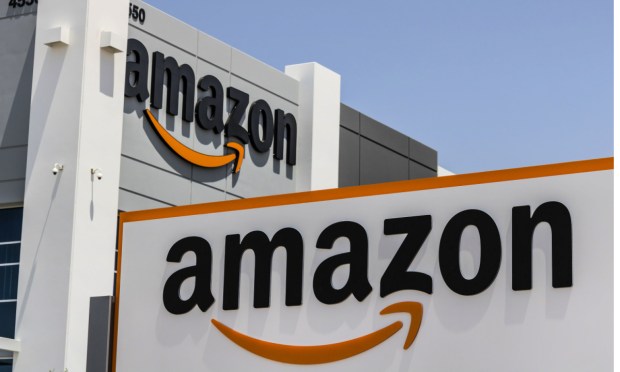
The digital economy has come full-force to Wall Street.
To be sure, there are thousands of tech-heavy companies — asset light, digital first, perhaps digital-only players trading on various exchanges.
But the recent announcement that Amazon has joined the Dow Jones Industrial Average as of Monday (Feb. 26) is a bit of shorthand — namely, the somewhat “traditional” smokestack components of the Dow (actually known as the Dow Jones Industrial Average) are giving way to the tech stack companies that have transformed daily life. The index goes, variously, by the monikers the Dow Jones, the Dow or the Dow 30.
It’s among the oldest of the U.S. market indices, and generally speaking, “blue chip,” large capitalization stocks are viewed as among the juggernaut in their respective industries. As has been widely reported, Amazon is replacing Walgreens on the index. And while Amazon’s not the first digital player to join the Dow — Microsoft and Apple are there, too — the eCommerce platform is an example of how the connected economy’s taken shape through the past few years.
Amazon’s ascension comes as the Dow is being reconfigured after Walmart carries out a three-for-one stock split this week, which in turn means that because the index’s weighting is by share price, the Dow need a replacement for Walgreens, which has had the lightest weighting among all of the 30 Dow components.
It’s worth noting, too, that Uber has joined the Dow Jones Transportation, lending further evidence that the digital, connected platforms are gaining ground in the mainstream economy.
As the announcement last week said of the Amazon inclusion, “reflecting the evolving nature of the American economy, this change will increase consumer retail exposure as well as other business areas in the DJIA.” The release also said that Uber will replace JetBlue “in the Dow Jones Transportation Average. This change will help the index gain exposure to the ride sharing industry.” This decision was made on the basis of price movements.
Amazon and Uber, we’d posit, have done much to move beyond the press announcement’s statements about exposure to retail and to ride-hailing.
As noted here, in coverage of the company’s latest earnings, Uber detailed that the cross-pollination of connected activities continues to gain traction. Ride hailers use the Delivery options to order food and other services, and vice versa. Members of the company’s Uber One program tend to spend more money – significantly more money, and within the ecosystem – than non-members. Grocery delivery, as management has stated, remains a multi-billion-dollar opportunity.
Amazon, as we wrote in the latest earnings coverage, has gained third-party seller tailwind, offering everything from logistics to advertising. The Prime membership is a catch-all category, moving outside the realm of browsing and buying to include consumer-facing health care.
The Dow Jones yardstick for companies (and stocks) that are the heaviest hitters in their respective industries now has a digital bent.